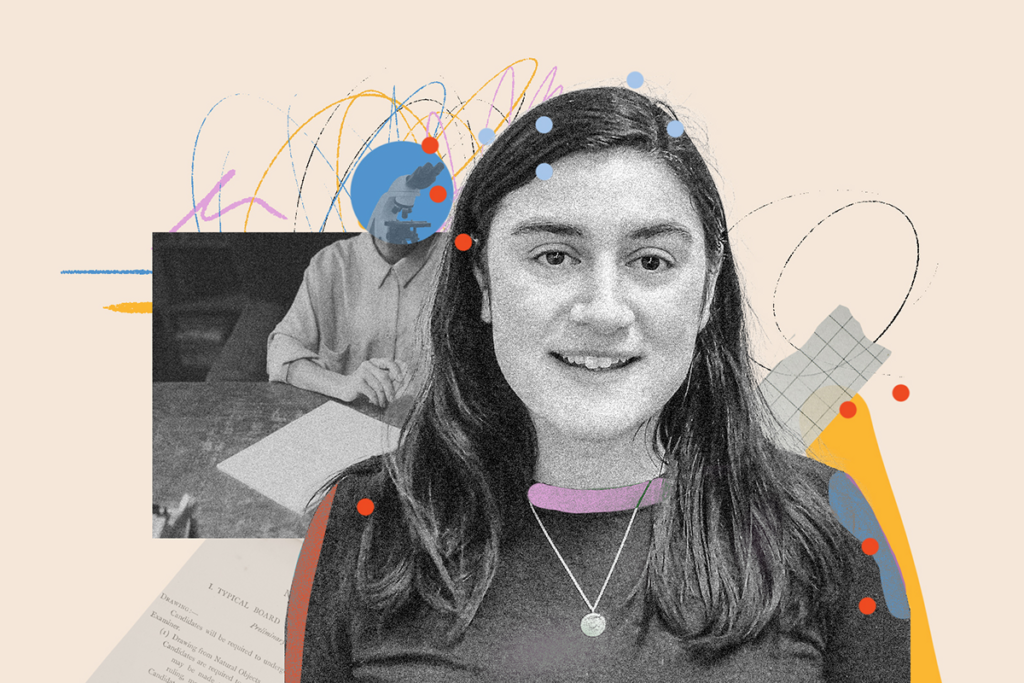WCPG 2009
Recent articles
Autism study zooms in on five-gene strip on chromosome 16
Genetic analysis of one Belgian family with a history of autism has pinpointed a piece of DNA on chromosome 16, within a segment thought to be missing in about one percent of all cases of autism. The unpublished data was presented on Saturday at the World Congress of Psychiatric Genetics in San Diego.

Autism study zooms in on five-gene strip on chromosome 16
Genetic analysis of one Belgian family with a history of autism has pinpointed a piece of DNA on chromosome 16, within a segment thought to be missing in about one percent of all cases of autism. The unpublished data was presented on Saturday at the World Congress of Psychiatric Genetics in San Diego.
Massive genomics project unveils schizophrenia results
The Psychiatric GWAS Consortium has released its first batch of analyses, identifying several significant common variations associated with schizophrenia. The results were presented Sunday at the World Congress of Psychiatric Genetics in San Diego.

Massive genomics project unveils schizophrenia results
The Psychiatric GWAS Consortium has released its first batch of analyses, identifying several significant common variations associated with schizophrenia. The results were presented Sunday at the World Congress of Psychiatric Genetics in San Diego.
Variants in synaptic protein linked to autism
Scientists have identified several autism-specific variants in a gene that lies within a chromosomal region linked to the disorder, according to a poster presented at the World Congress of Psychiatric Genetics in San Diego.

Variants in synaptic protein linked to autism
Scientists have identified several autism-specific variants in a gene that lies within a chromosomal region linked to the disorder, according to a poster presented at the World Congress of Psychiatric Genetics in San Diego.
Variants associated with autism over-hyped, company says
Variations linked to autism and schizophrenia crop up in people with a large variety of conditions, including bipolar disorder, seizures and obsessive-compulsive disorder, as well as in healthy people. This notion gained new support from unpublished data presented at the World Congress for Psychiatric Genetics in San Diego.

Variants associated with autism over-hyped, company says
Variations linked to autism and schizophrenia crop up in people with a large variety of conditions, including bipolar disorder, seizures and obsessive-compulsive disorder, as well as in healthy people. This notion gained new support from unpublished data presented at the World Congress for Psychiatric Genetics in San Diego.
Explore more from The Transmitter
Frameshift: Shari Wiseman reflects on her pivot from science to publishing
As chief editor of Nature Neuroscience, Wiseman applies critical-thinking skills she learned in the lab to manage the journal’s day-to-day operations.

Frameshift: Shari Wiseman reflects on her pivot from science to publishing
As chief editor of Nature Neuroscience, Wiseman applies critical-thinking skills she learned in the lab to manage the journal’s day-to-day operations.
How basic neuroscience has paved the path to new drugs
A growing list of medications—such as zuranolone for postpartum depression, suzetrigine for pain, and the gepants class of migraine medicines—exist because of insights from basic research.

How basic neuroscience has paved the path to new drugs
A growing list of medications—such as zuranolone for postpartum depression, suzetrigine for pain, and the gepants class of migraine medicines—exist because of insights from basic research.
Dispute erupts over universal cortical brain-wave claim
The debate highlights opposing views on how the cortex transmits information.

Dispute erupts over universal cortical brain-wave claim
The debate highlights opposing views on how the cortex transmits information.